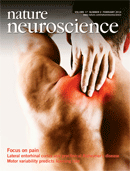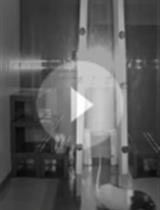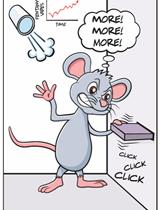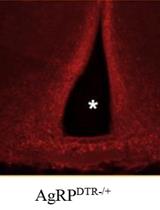- EN - English
- CN - 中文
Two-choice Digging Task in Mouse for Studying the Cognitive Flexibility
采用小鼠双选择挖掘任务研究认知灵活性
发布: 2014年10月05日第4卷第19期 DOI: 10.21769/BioProtoc.1250 浏览次数: 13359
评审: Soyun KimYatang LiAnonymous reviewer(s)
Abstract
Cognitive flexibility, the higher-order cognition involving reversal learning, has been defined as having the ability to shift one’s previous thoughts or actions to new situations depending on situational demands. Studies of neuropsychiatric disorders such as autism spectrum disorder (ASD) showed that restricted and repetitive patterns of activities are associated with the impairments of cognitive flexibility. Some behavioral tasks including attentional set-shifting task are used to assess cognitive flexibility in mouse models for psychiatric disorders (Birrell and Brown, 2000; Colacicco et al., 2002). Here we present a two-choice digging test, which is simplified and modified from set-shifting task, for using mice to study the reversal learning (Huang et al., 2014).
Keywords: Mouse behavior (老鼠行为)Materials and Reagents
- C57BL/6 mice (purchased from National Laboratory Animal Center)
- Sterilized sunflower seeds (SunOpta, catalog number: 10AF4167 )
- Cinnamon (Local bakery shop)
- Sawdust (P.J. Murphy Forest Products Corporation, Sani-Chips®)
- 70% ethanol
Equipment
- Apparatus
The apparatus (Figure 1) is made of opaque acrylic with a platform base and wall with two transparent plexiglas guillotine doors (25 x 20 x 15 cm). A waiting compartment (20 x 10 cm) at one end of the apparatus connected to two equally sized choice compartments at the other end via guillotine doors (15 x 10 cm).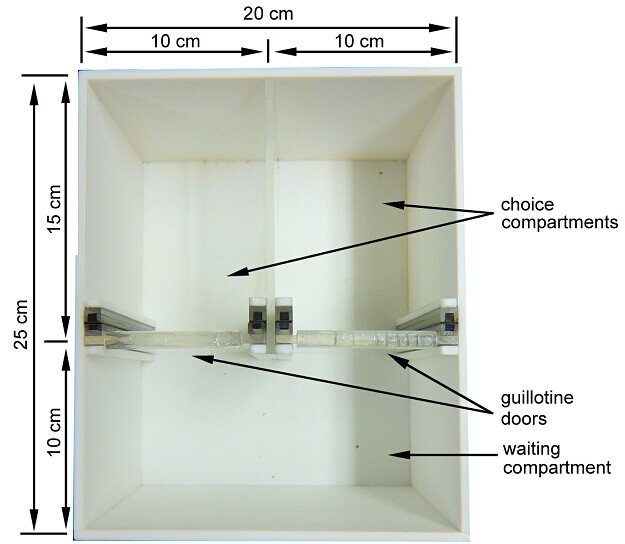
Figure 1. The apparatus of two-choice digging task - Digging bowl
The digging bowl (45 mm in diameter, 25 mm in height) placed in each choice compartment is baited with sunflower seeds (30-35 mg) hidden underneath original- or cinnamon (2%)-flavored sawdust.
Note: The rewards should be buried under over 20 mm of sawdust.
Figure 2. The digging bowl
Software
The GraphPad Prism 5.0 (GraphPad Software) was used to generate the graphs and analyze the data of trials to acquisition and trials to relearn. A p-value less than 0.05 is considered statistically significant.
Procedure
文章信息
版权信息
© 2014 The Authors; exclusive licensee Bio-protocol LLC.
如何引用
Chuang, H., Huang, T. and Hsueh, Y. (2014). Two-choice Digging Task in Mouse for Studying the Cognitive Flexibility. Bio-protocol 4(19): e1250. DOI: 10.21769/BioProtoc.1250.
分类
神经科学 > 行为神经科学 > 认知
神经科学 > 行为神经科学 > 实验动物模型 > 小鼠
您对这篇实验方法有问题吗?
在此处发布您的问题,我们将邀请本文作者来回答。同时,我们会将您的问题发布到Bio-protocol Exchange,以便寻求社区成员的帮助。
Share
Bluesky
X
Copy link


